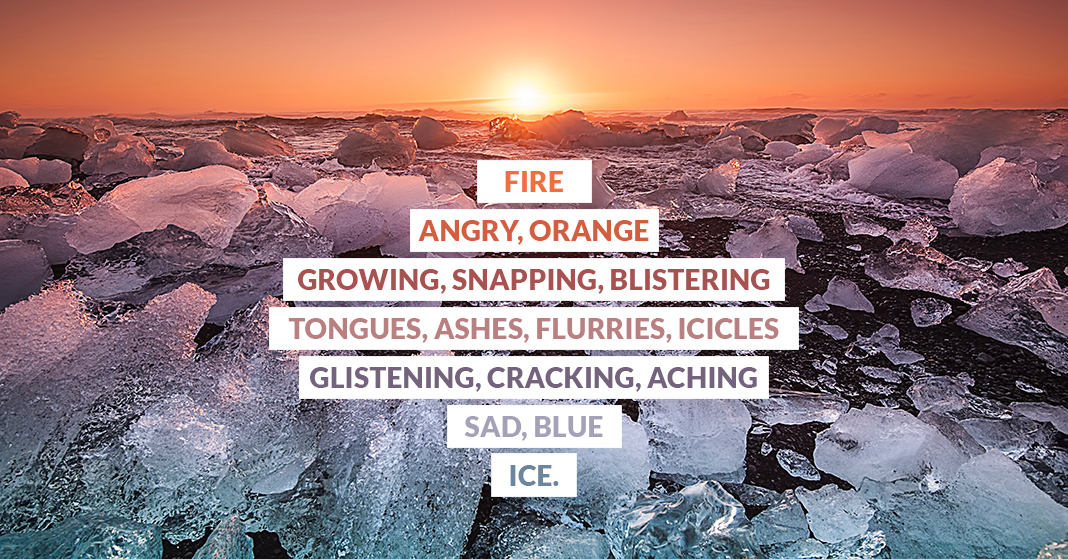
Have you ever read a poem and felt like what you were reading was a Jackson Pollock splatter painting in words? All that most of us can remember about studying Emily Dickinson’s poetry in high school is reading a bunch of words that are somehow supposed to make sense together but don’t—or perhaps the teacher’s explanation of how the poet’s choice of a certain color expresses her sorrow over a particular event in her life that seems completely unrelated to the poem.
If you’re about to start teaching your child to write poetry, you may be looking back at your past experiences with poetry and asking yourself two questions: why and how?
Why should I teach elementary poetry writing?
Writing poetry teaches your child to use creative description.
Forget splatter paintings and layered meanings. In its simplest form, poetry is about description. It’s using words to express a feeling or an idea in such a way that readers can’t help but say, “Yes, that!” whether or not they’ve experienced that feeling or idea before.
This kind of description is by nature concise and precise. It’s concise because using fewer words eliminates distractions, and it’s precise because in order to create the clearest pictures, words must rely on their exact meanings.
How should I teach elementary poetry writing?
There are hundreds of poetry forms to choose from, in addition to free verse, but one of my favorite forms and one of the easiest to start with is the diamante. Using it encourages your child to start mastering the conciseness and precision necessary in poetry. You can find examples of the diamante in chapter 6 of English 5 Student Worktext.
The diamante is a shape poem that highlights similarities and contrasts. Though it is seven lines long, it only has sixteen words—six nouns, six verbs, and four adjectives. The first line gives a noun that contrasts with the noun in the last line. The second line gives two adjectives that describe the first noun. Line three gives three verbs (ending in –ing) that show the action of the first noun. Line four gives four nouns, two of which rename the first noun, and two of which rename the last noun. Lines five and six mirror lines two and three, except they describe the last noun, not the first. So it comes out looking something like this:
Fire
angry, orange
glowing, snapping, blistering
tongues, ashes, flurries, icicles
glistening, cracking, aching
sad, blue
ice.
Have your child create her own diamante poem that hopefully looks more like a diamond by using this printable template.
Find more diamante poems in the English 5 Student Worktext.